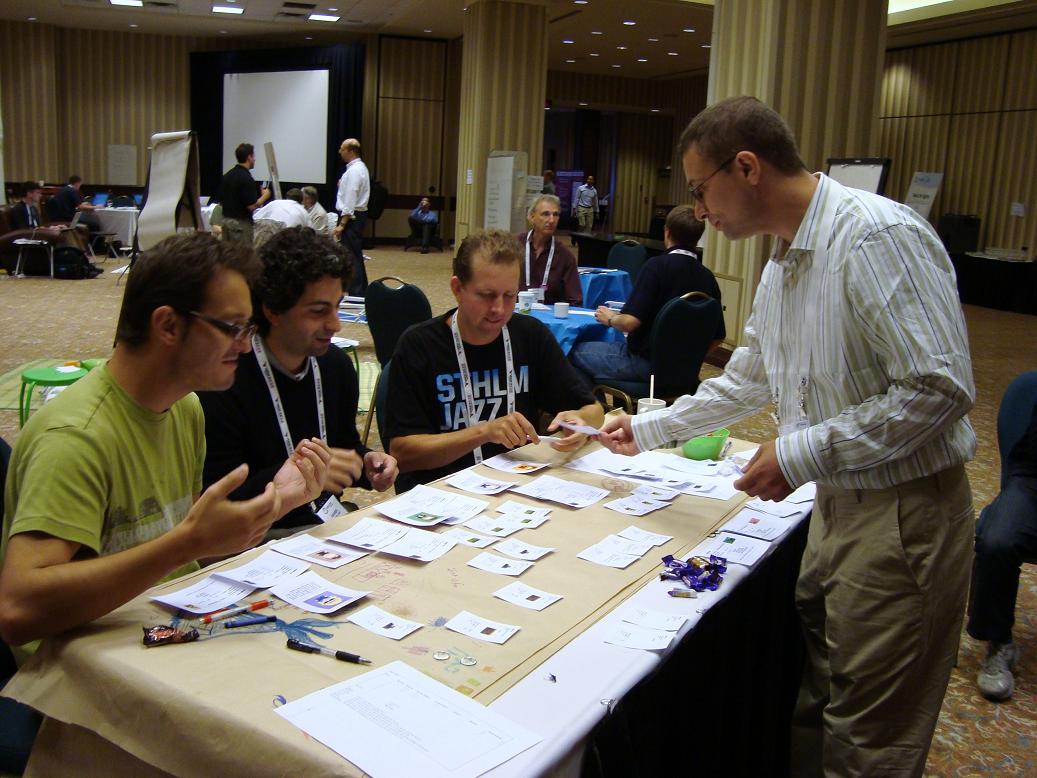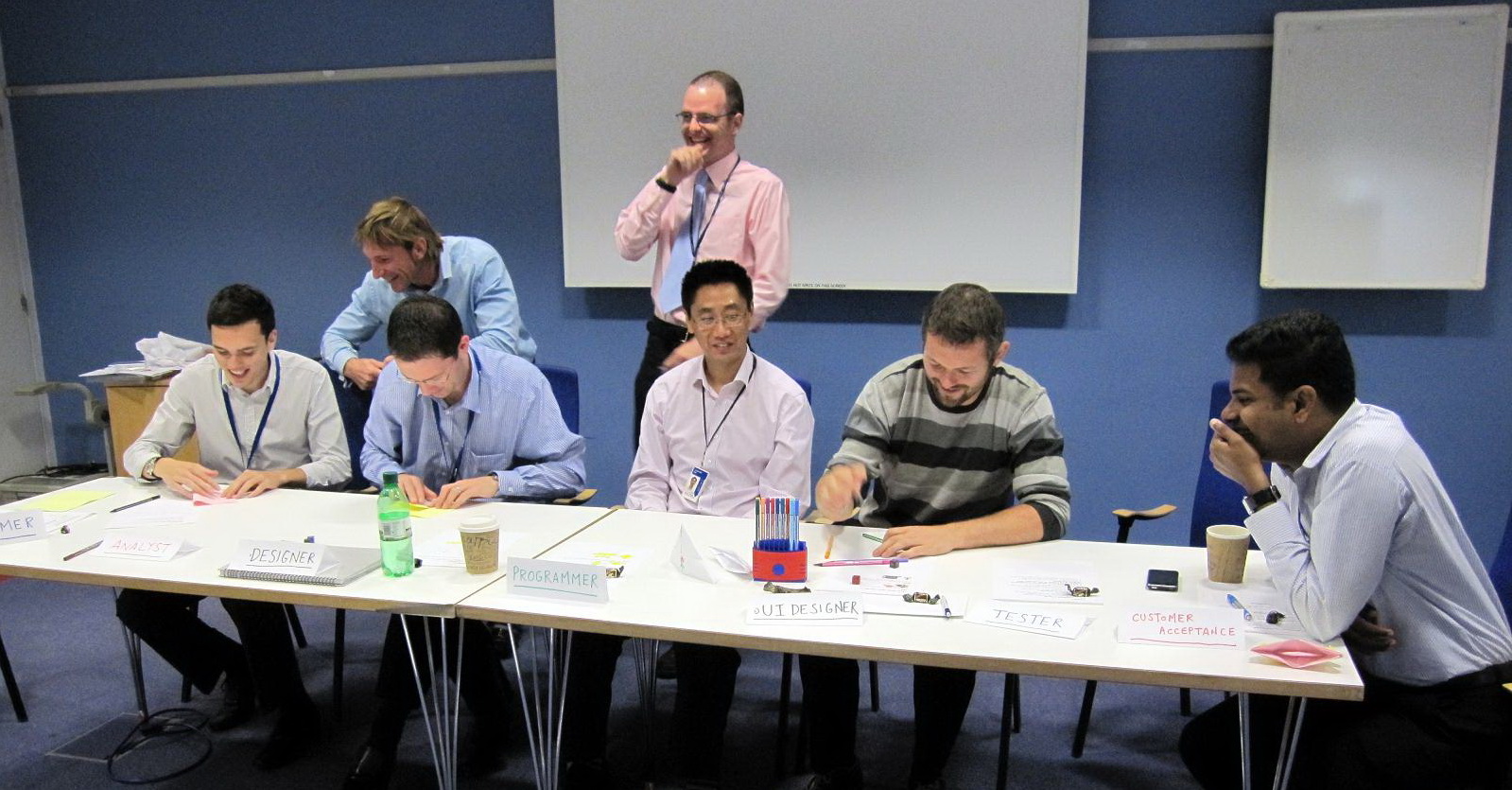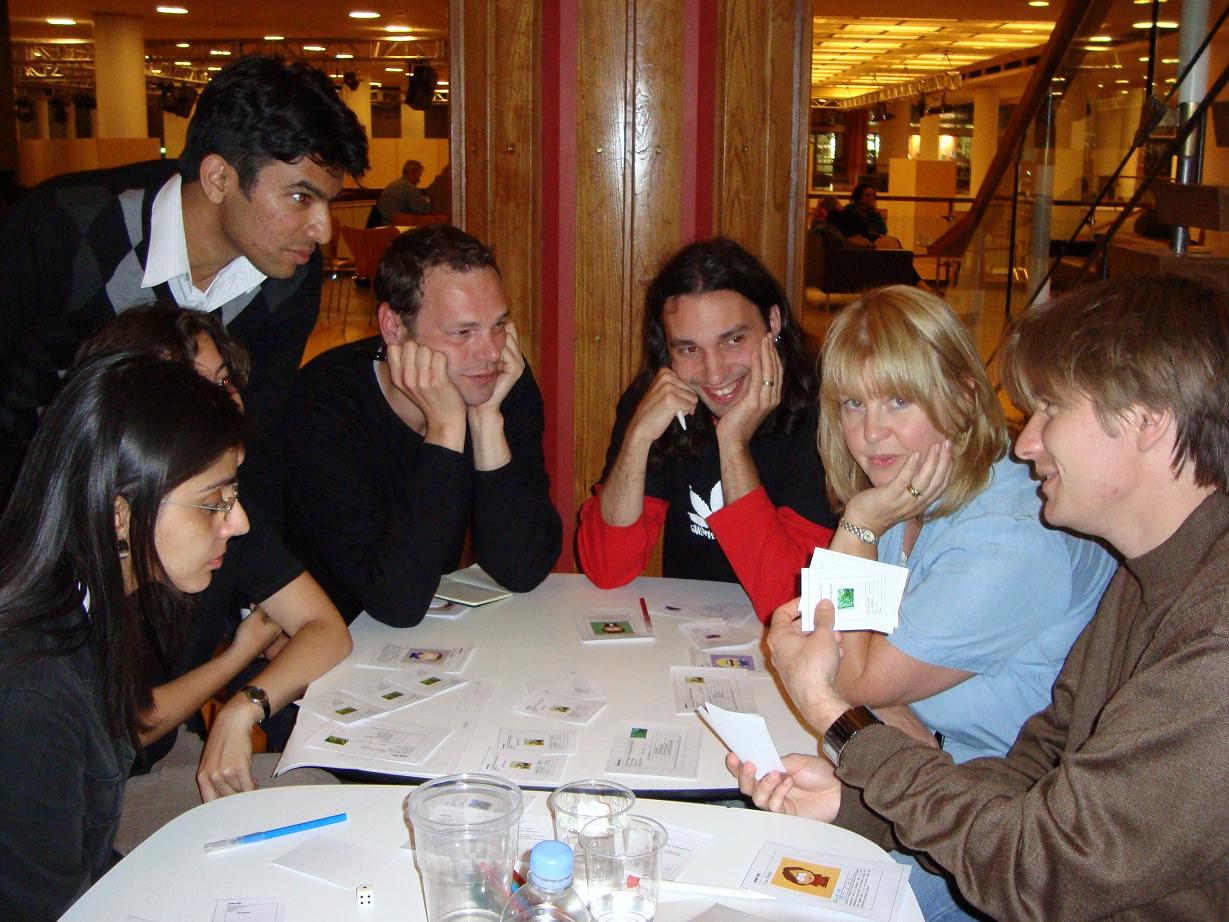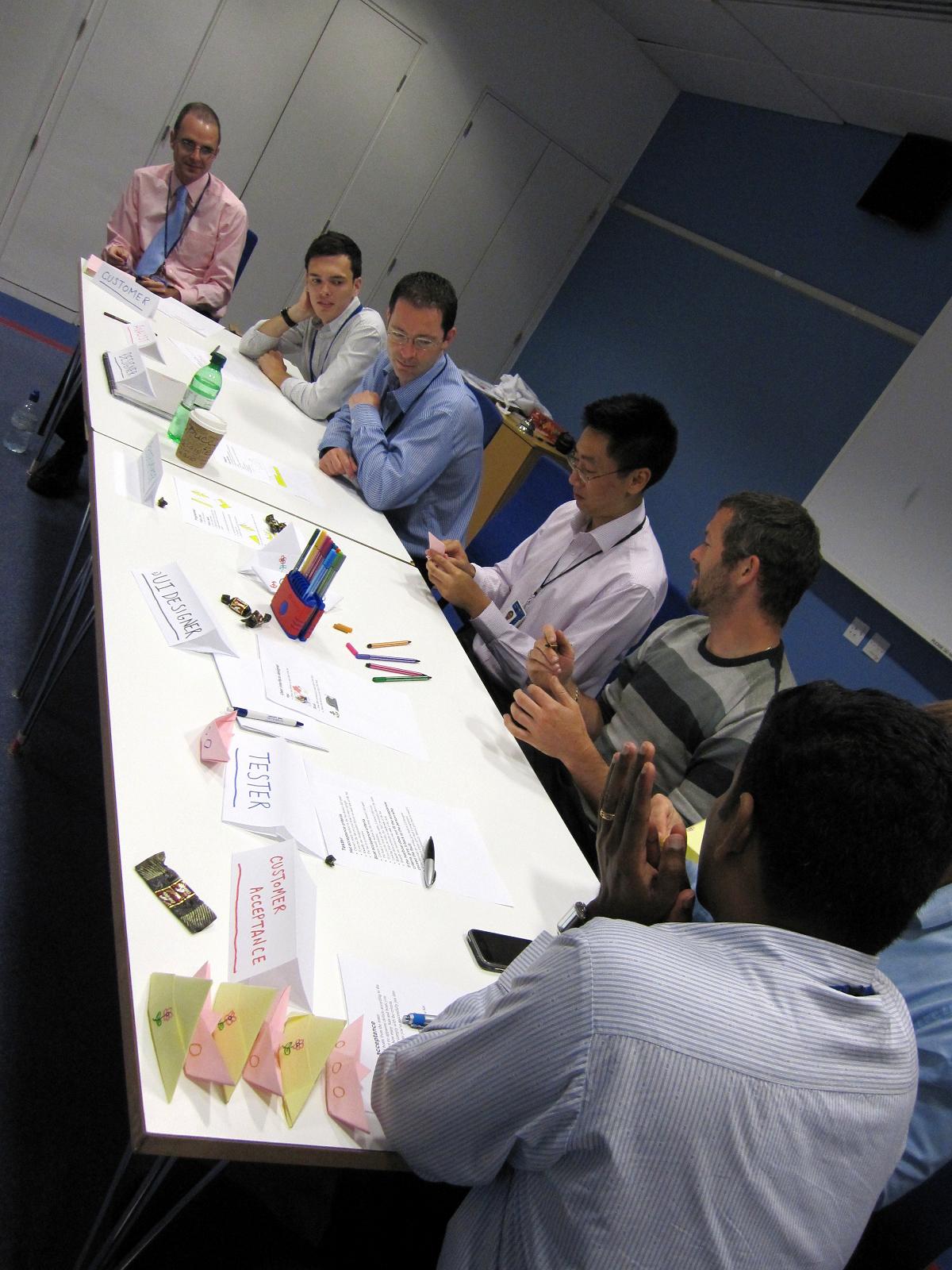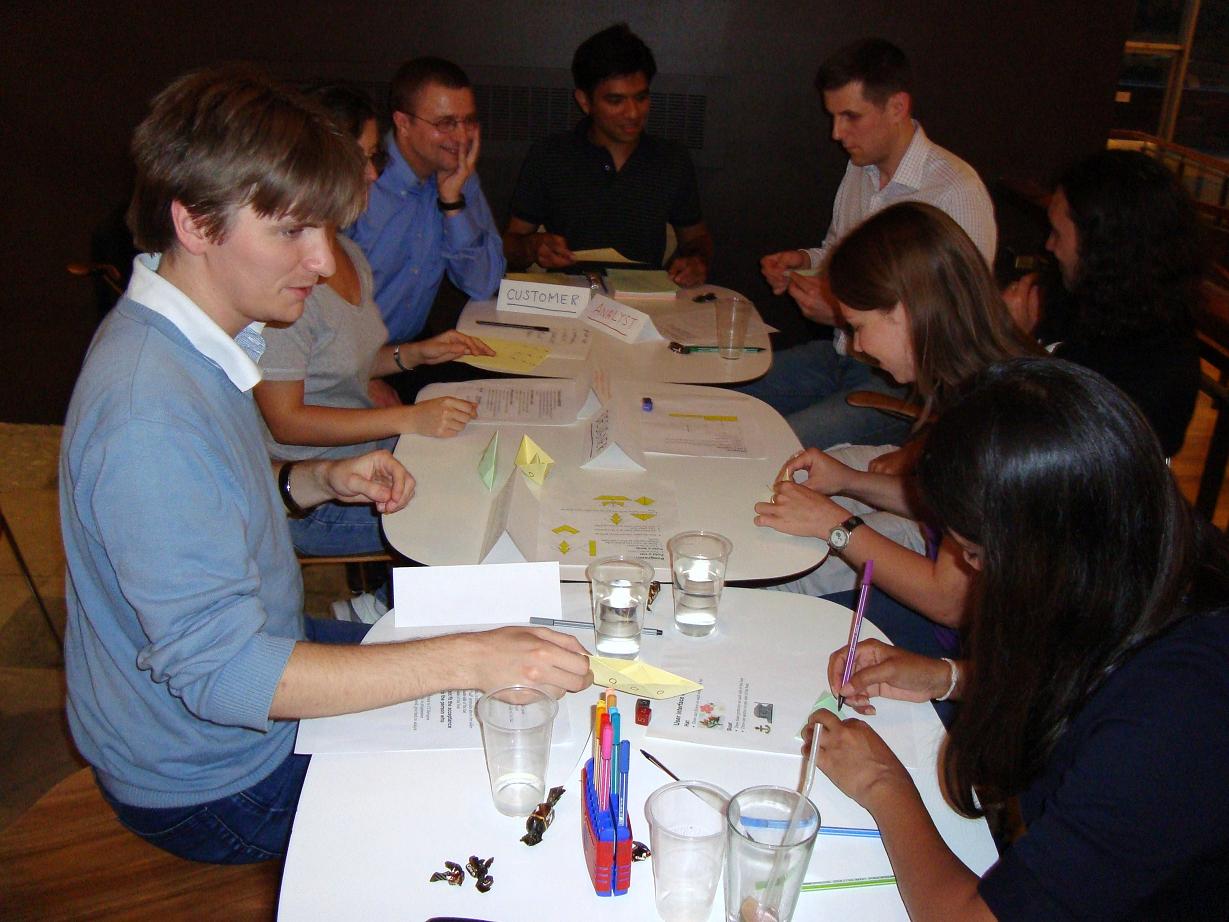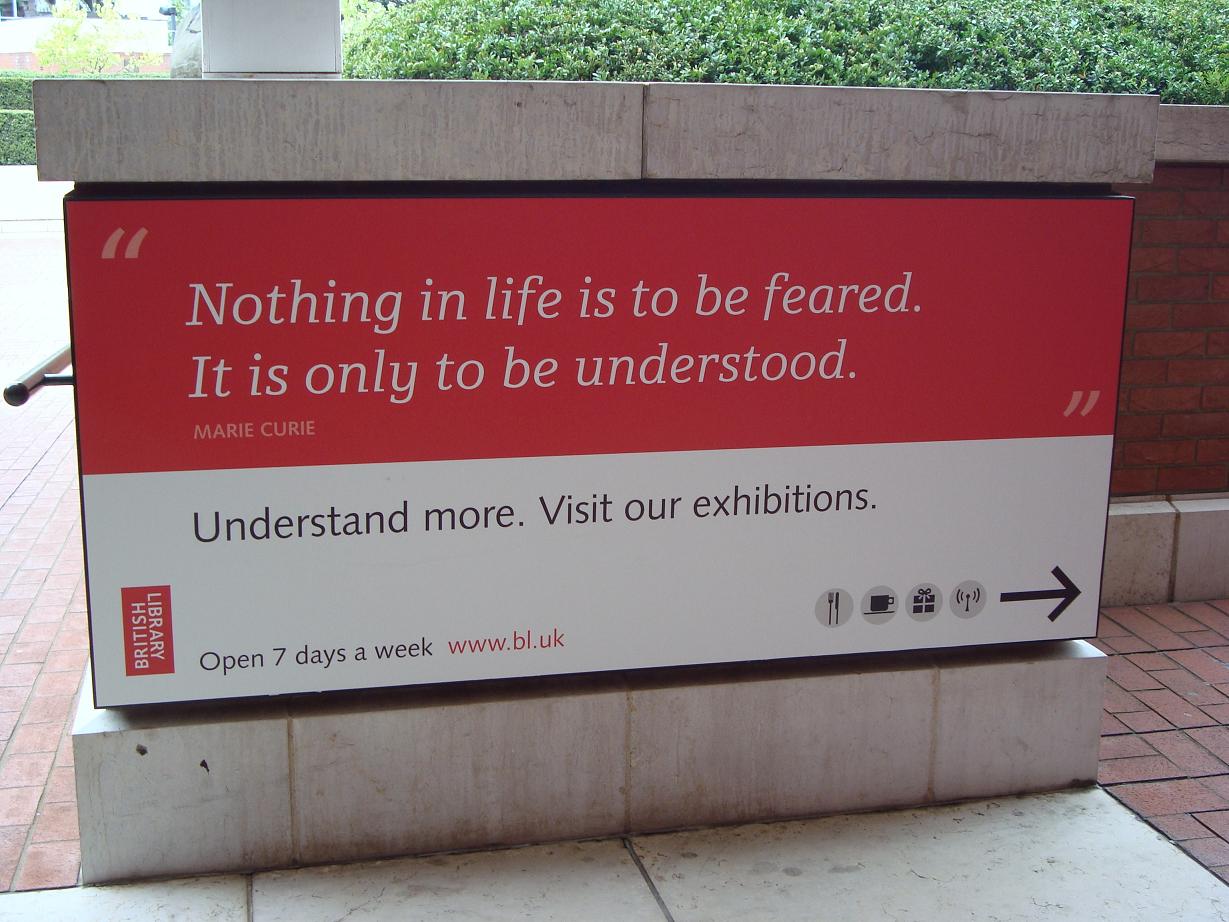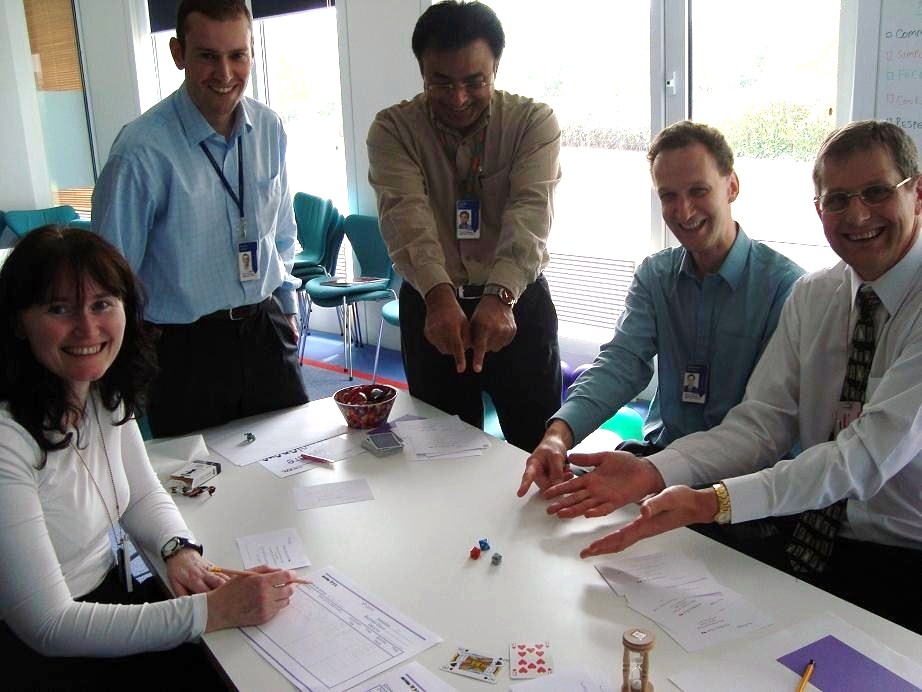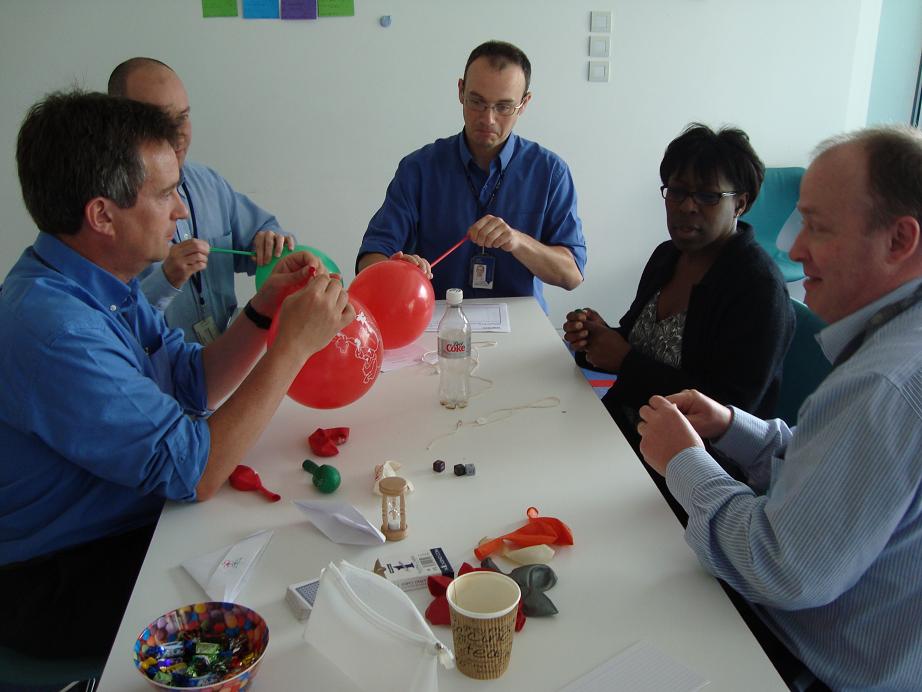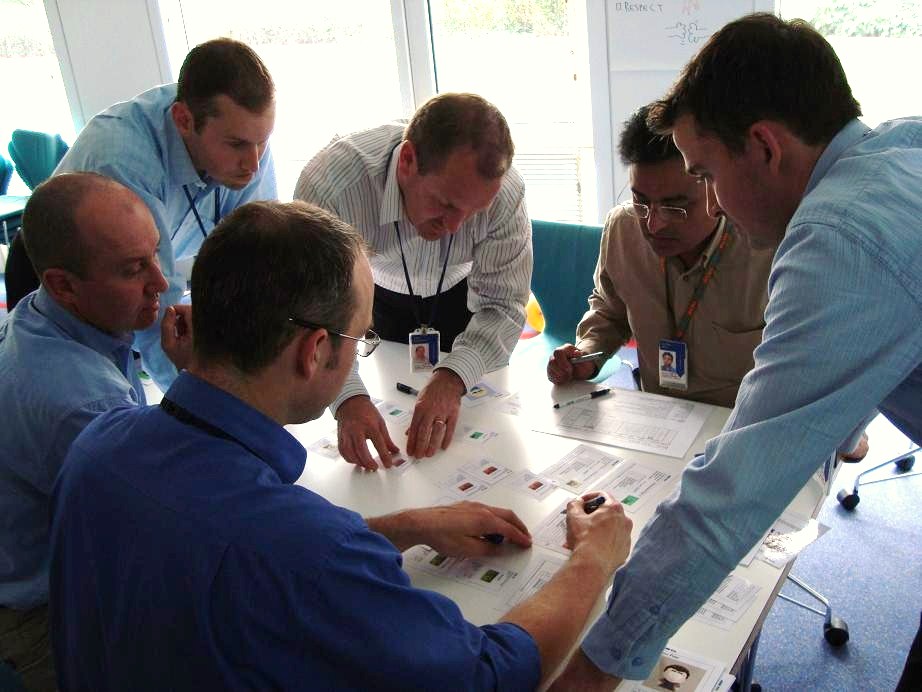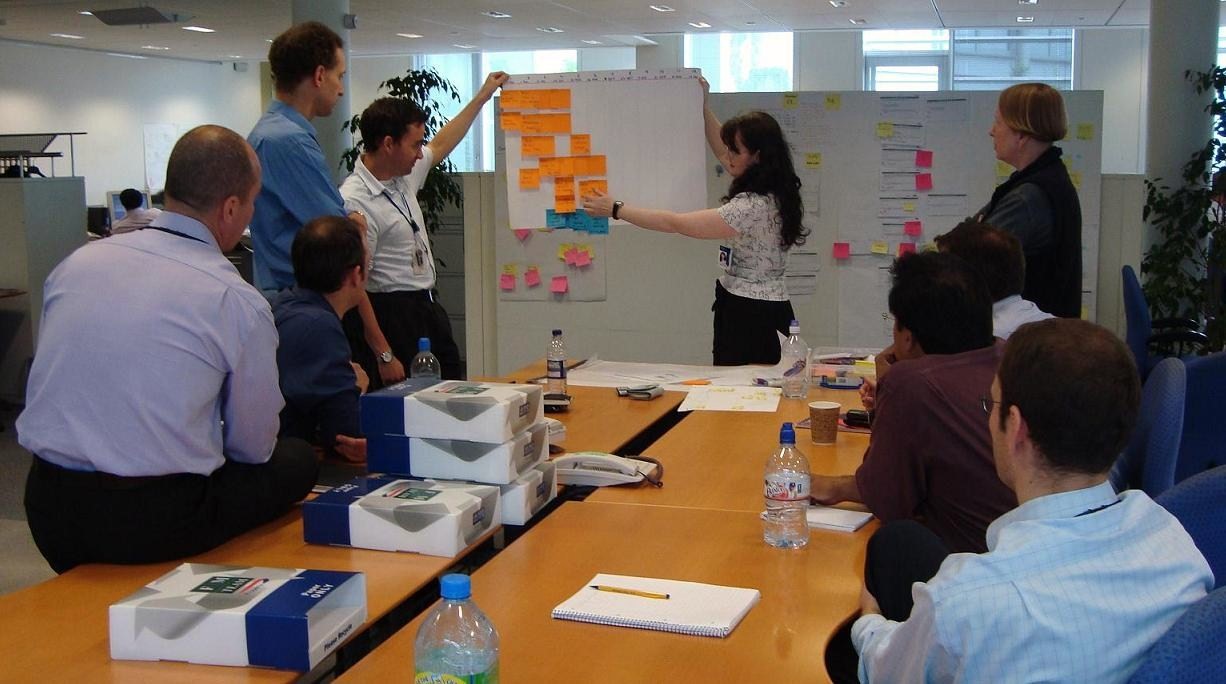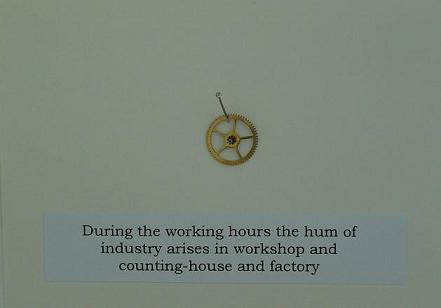
So much choice, so little time
Apprentice: The problem with Agile 2009 is that there’s too much choice!
Agile Coach: Is it possible to have too much choice?
Apprentice: Sure it is! I don’t have the time or the energy to read through all the session descriptions before the conference starts!
Agile Coach: It’s always better to have too many options than too few.
Can too much choice be a bad thing?
The wide choice of parallel sessions and topics can be a major headache for many attending Agile 2009 next week. When asked, ‘Can too much choice be a bad thing?’, I find myself instinctively thinking ‘Yes!’ at the sight of the hefty programme, yet I know there’s a better answer because of the numerous high value sessions in the programme.
The real problem is the amount of session information participants have to process in time to make choice after choice to make the most of their time at the conference. One approach is to use Real Options, an optimal decision process that lets us postpone important decisions until the last responsible moment so that we can gather more information before we need to decide. The result: the best possible decision based on all the information we have at the time.
What’s a Real Option?
A Real Option has:
- A value – if not, why would we consider it?
- An expiry condition – a deadline or condition by which we have to choose
- A cost: Buying cost + Exercising cost – the Buying cost gives us the right (not the obligation to implement a decision in the future for a known cost); the Exercising cost is the agreed price to implement the decision.
Real Options: The Optimal Decision Process
The Optimal Decision Process helps us structure our thinking in 7 steps (especially when we’re under pressure):
Step 0: Identify your goal(s)
Step 1: Identify your options
Step 2: Calculate the first decision point: Decision Point = Deadline – Implementation Time
Step 3: Decide which option to take under which circumstances
Step 4: Seek out information and more Real Options
Step 5: Reduce Implementation Time to push back Decision Point
Step 6: Wait… wait… Until the first/next decision point
Step 7: Make the decision with confidence.
Real Options applied
Let’s see how Real Options works when it comes to planning your investment of time at Agile 2009.
Step 0: Identify your goal(s)
Let’s assume your goal is to learn as many useful things you can use at work as possible. Ideally you’ll have acceptance criteria so you know when you’ve reached your goal. Refer back to your goal often throughout the conference so that you can refine your strategy to get the most out of the conference to satisfy your acceptance criteria.
Step 1: Identify your options
Each timeslot (eg 14.00 – 15.30) contains a set of sessions you can attend. Each of those sessions is an option. Only those that you consider valuable are Real Options. Let’s assume you create a shortlist of sessions you think will be useful to attend per timeslot. These are your Real Options per timeslot. Other Real Options might include having meaningful discussions while chilling out at the bar instead of following the programme.
Step 2: Calculate the first decision point: Decision Point = Deadline – Implementation Time
Now let’s take a timeslot with the Real Options you’ve identified. You work out that it’ll take you 10 minutes to get to any session at the conference venue. This is the implementation time. Note that the implementation time for all the options are therefore the same: 10 minutes. Next, we calculate the deadline for the options. The deadline for each option is, in fact, when the session ends so if you want to get there for the summary in the last 10 minutes, for a session that ends at 15.30, then 15.20 – 00.10 = 15.10 (although it’s worth bearing mind the value of an option, in general, decreases the later it is that you join the session). For those of you who like to participate from start to finish, it may be more useful to consider the deadline as the time the session starts (ie 14.00), in which case the decision point is 14.00 – 00.10 = 13.50.
Step 3: Decide which option to take under which circumstances
You’ve come up with a shortlist of sessions you’re interested in for a particular timeslot, but you still haven’t decided which one to go to. As a preliminary step, I typically prioritise the sessions from most likely to be useful to least likely to be useful to me. My deciding circumstances might include: 1) If I discover evidence that a speaker is a good speaker/facilitator, then I’ll prioritise their session over the others; 2) Depending on my energy levels nearer the time of the timeslot (it’s important to maintain a sustainable pace at a 5 day conference!), I might prefer a presentation over an interactive workshop.
Step 4: Seek out information and more Real Options
A key activity of Real Option is information gathering. By gathering as much information as possible up to the decision point, you’ll be able to make better informed decisions. Find ways of hearing the presenter speak prior to their session so you can decide if their communication style suits your learning style. Speak to other conference guests and speakers to find out their views on your first and second choices. That way, you can validate your most valuable choices by leveraging the wisdom of crowds. You’d be amazed how far and wide the reputation of a good presenter and/or presentation travels even at a conference of more than a thousand people.
Step 5: Reduce Implementation Time to push back Decision Point
One way of reducing the time it takes you to come up with a shortlist is to divide and conquer the data processing effort. By this I mean, mingle with other conference guests as early and as often as possible (remembering sustainable pace of course!). Look around for folks in similar roles with similar interests to yourself and find out which sessions they think have the most potential. Ask 10 random people which session they plan to go to next and you’re bound to find some opinions that re-affirm or negate your choice or even ideas for more options. This approach means you also get to meet 10 new people out of whom at least one is likely to enrich your conference experience.
Step 6: Wait… wait… Until the first decision point
Remember, you only have to make your session choice 10 minutes before the session starts or 20 minutes before the session ends. With the bar-discussion option, you only have to decide before the bar closes.
Step 7: Make the decision with confidence
Imagine it’s now 08.50 on Monday morning and you’ve got as much information as you could gather in the time given with the effort you care to invest. You exercise your first choice option with confidence because you know it’s the best choice based on what you know and if it goes wrong, you’ve got other real options to exercise.
Read more about Real Options here. Remember ‘Sustainable Pace’ and have fun!


